
Article Summary: Everglades National Park Facts
Everglades National Park Facts! In this article, we provide you with 11 amazing facts about one of America’s most magnificent national parks.
This park is filled with beautiful landscapes and amazing stories.
I’ve been to so many of these amazing places since retiring from teaching in 2018. Did I mention that I taught history? I spent a lifetime teaching about the history behind some of these natural wonders. Then I got to see them firsthand.
And now I’m sharing some of the incredible stories about these beautiful places with you. It doesn’t get any better than that!
More Than Just Parks is your one-stop-shop when it comes to learning everything you’ll need to know about America’s national parks. We’ve got expert guides, beautiful photos, helpful tips, breathtaking films and so much more.
Without further ado, let’s dive in!
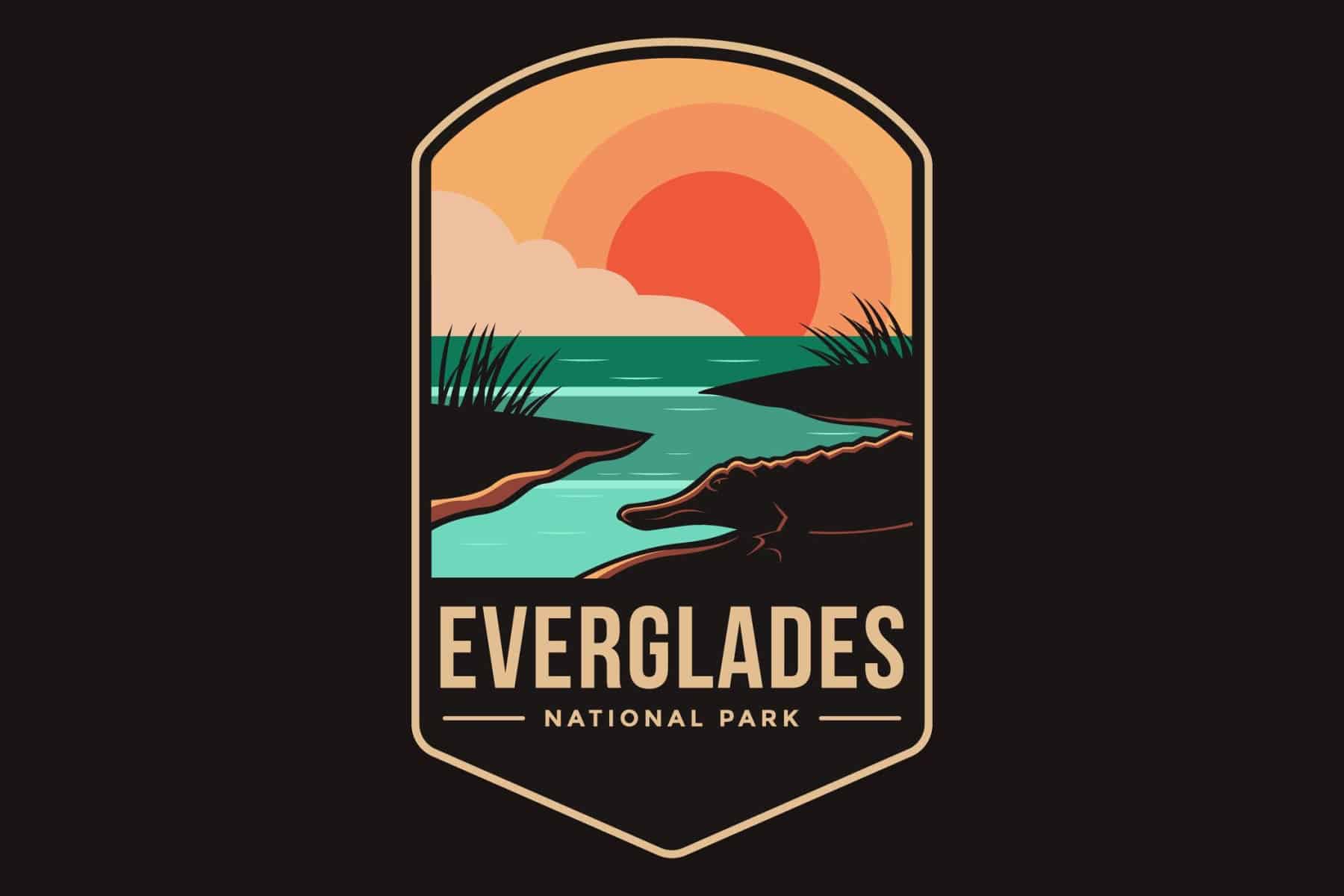
Table Of Contents: Everglades National Park Facts
Everglades National Park Facts
- Facts About Everglades National Park
- Everglades National Park Facts
- Top 5 Everglades National Park Facts
- 1. A Landscape Architect Helped To Create Everglades National Park
- 2. Everglades Is Home To One Of The Largest Wetlands In The World
- 3. Everglades Was Also Home To One Of Television’s Most Beloved Characters
- 4. The Everglades Is The Largest Subtropical Wilderness In The United States
- 5. There Are Plant & Animal Species At Everglades That Aren’t Found Anywhere Else
- Top 11 Everglades National Park Facts
- 6. The Florida Everglades Is Home To The “Gladesmen”
- 7. The Everglades Is Experiencing A “Serpent Invasion”
- 8. The Everglades Is Composed Of The Largest Contiguous Stand Of Protected Mangroves In The Northern Hemisphere
- 9. The Everglades Is Home To A Diverse Array Of Wildlife
- 10. Everglades Is The Only Place Where Alligators & Crocodiles Coexist
- 11. 1 Out Of Every 3 Floridians Depends On The Everglades For Their Drinking Water
- Why Trust Us About Everglades National Park?
- Meet The Park Brothers
- Map Of Everglades National Park
- We Hope You’ll Follow Our Journey
- Top 5 Everglades National Park Facts
Facts About Everglades National Park
Some Basic Facts About Everglades National Park
Everglades National Park is a national park located in the state of Florida, along the southern tip of the state. The park covers an area of 1,508,538 acres and is known for its stunning views, clear blue waters, and diverse plant and animal life.
The park is home to a variety of plant and animal life, including mangrove forests, sawgrass marshes, and a variety of birds, reptiles, and mammals.
It is also home to a number of historic and cultural sites, including the Gulf Coast Visitor Center and the Ernest Coe Visitor Center, which offer visitors a chance to learn about the history and culture of the area.
In addition to its natural beauty, Everglades National Park offers a range of recreational activities, including hiking, rock climbing, and photography.
The park also offers guided tours and ranger-led programs, which provide visitors with the opportunity to learn more about the park’s natural and cultural history.
Everglades National Park is a popular destination for visitors, with millions of people visiting each year to enjoy its natural beauty and recreational opportunities.

Here Are Some Basic Facts About Everglades National Park
- Location: Florida
- Acreage: 1.509 million acres
- Visitation: At least one million people from all over the world visit the Everglades each year.
- Elevation: The elevation typically ranges from 0 to 8 feet (2.4 m) above sea level, but a Calusa-built shell mound on the Gulf Coast rises 20 feet (6.1 m) above sea level.
- Annual Precipitation: The Everglades receives an average of 60 inches of rain a year.
- When Did It Become A National Park? Everglades National Park was established on December 6, 1947.

RELATED: All 11 Florida National Parks RANKED
Everglades National Park Facts
Top 5 Everglades National Park Facts
1. A Landscape Architect Helped To Create Everglades National Park
As I research fascinating facts about Everglades and other national parks, I am always impressed by how one person can truly make a different when it comes to helping to create one of America’s national parks.
In the case of Everglades, that one person happened to be a landscape architect by the name of Ernest Coe.
As a youngster, Coe loved the outdoors and as an adult he enjoyed exploring the Everglades.
On his trips, he was shocked to learn of the killing of rare birds and the taking of rare orchids from their natural habitat. He feared that many animals would face extinction if something wasn’t done.
Coe was insistent that Florida should save its unparalleled tropical beauty. In 1928, he created the Tropical Everglades National Park Association (later Everglades National Park Association) and as an official of this association, he persistently and almost single-handedly pushed for the establishment of the park.
An inspection party came to Miami in 1930 to decide on areas for inclusion, one of those who participated was Marjory Stoneman Douglas, who later wrote The Everglades: River of Grass, which has become a classic about the park and its conservation movement.
Coe was ultimately successful and President Harry Truman dedicated the park in 1947.
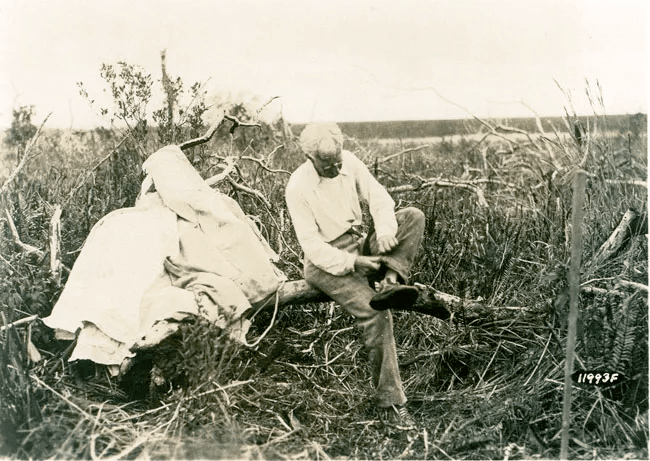
Ernest Coe Reaches Out To The National Park Service
Also in 1928, Ernest F. Coe wrote Stephen T. Mather, the first Director of the National Park Service, outlining a proposal for a national park to be located within the lower Everglades of south Florida.
Coe was concerned because, in the 1800s, speculators began to dredge and drain the Everglades.
By the early 20th century, the harmful side effects of their actions were becoming all too apparent. Coe wanted to put a stop to it by having this area declared a national park.
Aa a result of his efforts, there emerged legislation to create Everglades National Park. It was introduced by Senator Duncan B. Fletcher of Florida, in December of 1928.
This legislation was approved May 25, 1934 and was signed by President Roosevelt on May 30, 1934.
It would take another thirteen years, however, to acquire the land and define the boundaries of this new park.
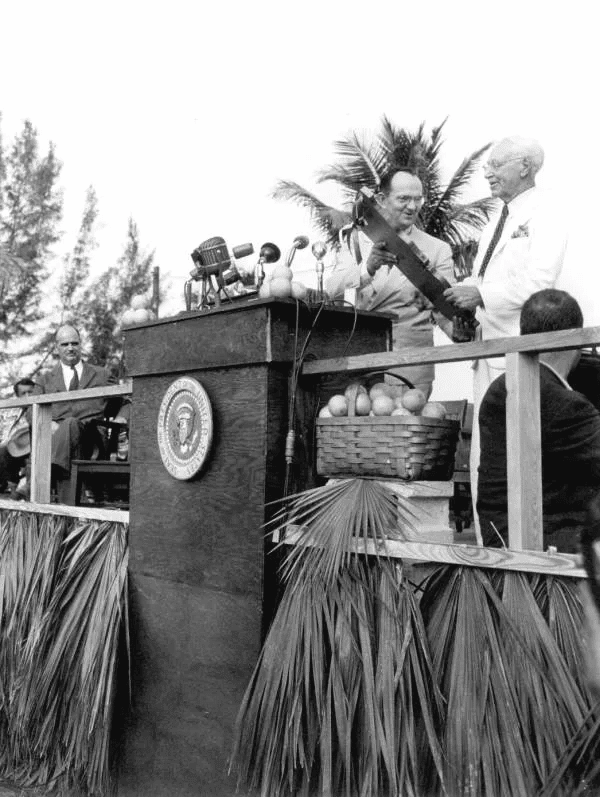
CHECK OUT: 11 AMAZING Facts About Acadia National Park
2. Everglades Is Home To One Of The Largest Wetlands In The World
One of the more fascinating Everglades National Parks Facts is that the park is home to one of the largest wetlands in the world.
Visitors can experience nine distinct habitats in the park, including pine rocklands, coastal lowlands and marine waters.
The Everglades is made up of coastal mangroves, sawgrass marshes and pine flatwoods that are home to hundreds of animal species.
Now here’s another interesting fact. The wetlands improve water quality by filtering out pollutants and absorbing excess nutrients, replenish aquifers, and reduce flooding.

CHECK OUT: 10 AMAZING Facts About Badlands National Park
3. Everglades Was Also Home To One Of Television’s Most Beloved Characters
One of the fun Everglades National Parks Facts has to do with a beloved bear who became a television star in the 1960s.
Gentle Ben is a character who was first created in a 1965 novel by author Walt Morey. This bear, however, was simply too cute and too cuddly to remain on the printed page.
CBS brought Ben to the little screen in 1967 with the television series Gentle Ben. The series aired 58 episodes over two seasons.
Regarding the show’s star, several black bears actually played Ben, depending on which behaviors required for a particular scene.

Bruno The Bear
The bear with the most screen time, however, was Bruno. I guess he just had a better agent than those other bears.
Regarding shooting locations, there were quite a few. One of the most beautiful locations happened to be in the Everglades National Park.
Mark (Clint Howard) was Ben’s best buddy. He was the son of Tom Wedloe (Dennis Weaver).
Wedloe is a wildlife officer so he often travels the Florida Everglades using an airboat or a jeep.
And you can only imagine the adventures that he, Mark and Ben got themselves into.
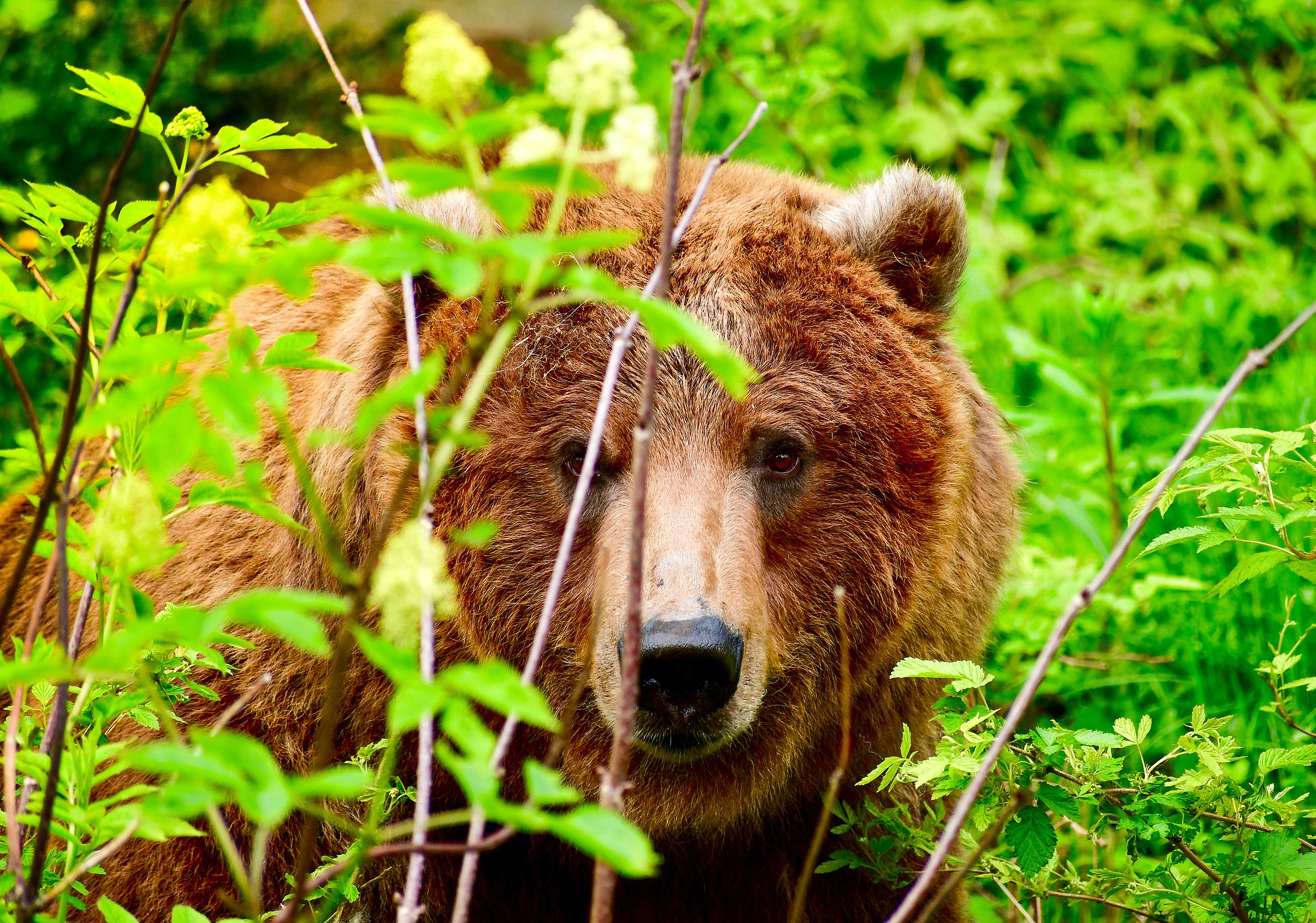
CHECK OUT: Look Familiar? 10 CLASSIC Television Shows Filmed In The National Parks
4. The Everglades Is The Largest Subtropical Wilderness In The United States
Another of the extraordinary Everglades National Park Facts is that the park is the largest subtropical wilderness in the United States.
It consists of 1.5 million acres of saw grass marshes, mangrove forests, and hardwood hammocks dominated by wetlands. It is home to endangered, rare, and exotic wildlife.
It’s a wilderness that protects an unparalleled landscape that provides important habitat for numerous rare and endangered species like the manatee, American crocodile, and the elusive Florida panther.
As a matter of fact, its wetlands and wildlife draw large numbers of birders, anglers, boaters, and other outdoor enthusiasts
Everglades National Park is the only subtropical wilderness area in North America. Federal law mandates that people must make no impact on the land and ecosystem.

CHECK OUT: 9 BEST National Parks Near Jacksonville
5. There Are Plant & Animal Species At Everglades That Aren’t Found Anywhere Else
Everglades National Park protects an unparalleled landscape that provides important habitat for numerous rare and endangered species.
Among the Everglades’ abundant wildlife are the endangered leatherback turtle, Florida panther and West Indian manatee.
Other animals only found in the Everglades include:
- The American Alligator
- The American Crocodile
- Banded Water Snake
- Florida Softshell Turtle
- Florida Snapping Turtle
- Little Grass Frog
Among the rare plants to be found there is the ghost orchid, which is prized for its long and delicate, pure-white petals. It’s an enduring symbol of South Florida forests, but is considered one of the most rare plants in the region.

CHECK OUT: 5 EPIC National Parks Near Miami
Top 11 Everglades National Park Facts
6. The Florida Everglades Is Home To The “Gladesmen”
Just when you thought we couldn’t come up with any more unbelievable Everglades National Park Facts we’ve come up with another one. The Florida Everglades is home to the “Gladesmen.”
Gladesmen were people who lived in the Everglades and built small homes and boats, called “glade skiffs,” to navigate the narrow canals and waterways in the area.
The development of the Ingraham Highway in 1916 made it easier for Gladesmen, researchers, and tourists to access the wilderness.
The glade skiffs were narrow and long, typically measuring around two feet wide and 16-18 feet long.
Gladesmen would stand at the back of the boat using a large pole to move through shallow waters and hunt for game such as alligators, deer, turkey, rabbits, pigs, fish, frogs, turtles, and other wildlife, which they would then sell upon their return.

CHECK OUT: All 63 US National Parks Ranked-By Experts
7. The Everglades Is Experiencing A “Serpent Invasion”
Perhaps the least known of our Everglades National Park Facts is that snakes from around the world have been turning up in Everglades National Park. The Burmese python is the best known of these.
Burmese pythons are established in the park due to accidental or intentional release of captive pet animals.
Pythons eat many different kinds of animals, and studies show that pythons are probably the main reason that mammals have declined in the Everglades.
The good news, however, is that most park visitors are unlikely to come across one of these predators.

CHECK OUT: 25 Famous Bucket List Landmarks In America (MUST-SEE)
8. The Everglades Is Composed Of The Largest Contiguous Stand Of Protected Mangroves In The Northern Hemisphere
Another of the most interesting yet little known Everglades National Park Facts is that Mangrove forests are present in the coastal channels and winding rivers around the tip of south Florida.
The Everglades is composed of the largest contiguous stand of protected mangroves in the Northern Hemisphere.
The term “mangrove” does not signify a particular botanical relation, but rather is used to identify several species of salt-tolerant trees that thrive amidst the harsh growing conditions of the coast.
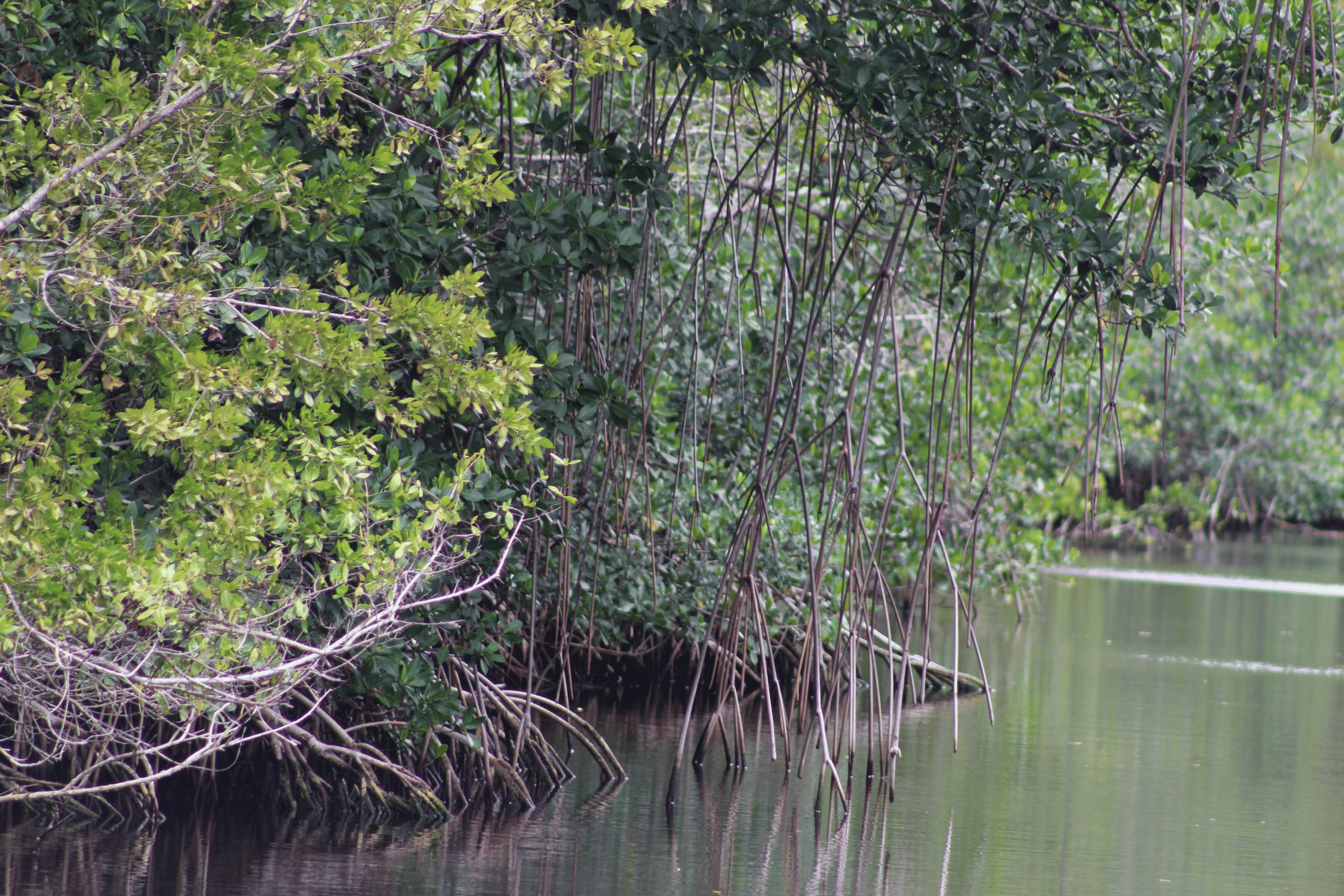
9. The Everglades Is Home To A Diverse Array Of Wildlife
If you love watching wildlife then our next Everglades National Parks Fact will not disappoint you.
The park is home to nearly 300 species of fish, countless insects, 17 species of amphibians and more than 360 species of birds, 40 species of mammals and 50 distinct kinds of reptiles.
As a matter of fact, the Florida Panther is the last subspecies of Puma still found in the eastern United States.
It was once almost extinct with only a dozen adults estimated in the wild Today Everglades National Park is one of the few places where you can see this endangered species.

10. Everglades Is The Only Place Where Alligators & Crocodiles Coexist
Crocodiles and alligators inhabit different ecosystems. This is because crocodiles typically live in saltwater habitats while alligators are mainly found in freshwater marshes and lakes.
In Everglades National Park, both crocodiles and alligators can be found living together. While at first glance they may appear similar, they can be distinguished by several key differences.
The American crocodile has a long, lizard-shaped body with a muscular tail and four short legs, each with five toes on the front feet and four on the back feet. They have grayish-green backs and tails, and white to yellowish undersides.
They also have a narrow, triangular-shaped snout, with the fourth tooth on both sides of the lower jaw visible when the mouth is closed. The ear drums are protected by moveable flaps of skin at the top of the head behind the eyes, and the nostrils are at the end of the elongated snout.
This allows crocodiles to be submerged with only the top of their head exposed and still be able to see, hear, and breathe.
Male crocodiles are larger than females and can reach up to 20 feet in length, while females usually reach 8-12 feet in length.

11. 1 Out Of Every 3 Floridians Depends On The Everglades For Their Drinking Water
Another of the fascinating Everglades National Park Facts is that, if you scoop a glassful of water from the heart of the Everglades, that water is as pure and clear as the water which flows from your tap.
As a matter of fact, one in three Floridians – more than eight million – gets their drinking water from the Biscayne Aquifer a few feet below the southeastern Everglades.
How is this possible?
The ecosystem acts as a natural filter, removing excess nutrients and keeping out seawater.

Why Trust Us About Everglades National Park?
We’re Jim Pattiz and Will Pattiz, collectively known as the Pattiz Brothers (and sometimes the Parks Brothers) and we absolutely LOVE the national parks.
You should probably know that we don’t just make this stuff up out of thin air. We’ve spent our entire adult lives exploring and filming America’s national parks and public lands.
We’ve worked with the National Park Service, the Department of Interior, USDA, and the U.S. Forest Service for years creating films on important places and issues. Our work has been featured in leading publications all over the world and even some people outside of our immediate family call us experts on the national parks.

Meet The Park Brothers
Map Of Everglades National Park
List Of Everglades National Park Facts
- A Landscape Architect Helped To Create Everglades National Park
- Everglades Is Home To One Of The Largest Wetlands In The World
- Everglades Was Also Home To One Of Television’s Most Beloved Characters
- The Everglades Is The Largest Subtropical Wilderness In The United States
- There Are Plant & Animal Species At Everglades That Aren’t Found Anywhere Else
- The Florida Everglades Is Home To The “Gladesmen”
- The Everglades Is Experiencing A “Serpent Invasion”
- The Everglades Is Composed Of The Largest Contiguous Stand Of Protected Mangroves In The Northern Hemisphere
- The Everglades Is Home To A Diverse Array Of Wildlife
- Everglades Is The Only Place Where Alligators & Crocodiles Coexist
- 1 Out Of Every 3 Floridians Depends On The Everglades For Their Drinking Water
We Hope You’ll Follow Our Journey

Our goal here at More Than Just Parks is to share the beauty of America’s national parks and public lands through stunning short films in an effort to get Americans and the world to see the true value in land conservation.
We hope you’ll follow our journey through the parks and help us to keep them the incredible places that they are. If you’re interested joining the adventure, sign up below!
Related Links:
Florida National Parks: 11 National Parks Worth Visiting
Jacksonville: 9 Best National Parks Near Jacksonville
Miami: 5 Epic National Parks Near Miami You’ll Love
National Parks: All 63 National Parks Ranked By Experts
National Monuments: Ultimate List Of National Monuments
Landmarks: 25 Famous Bucket List Landmarks In America (MUST-SEE)
Park Rangers: A Brief (& Informative) History Of America’s National Park Rangers
Gifts: 50 BEST National Park Gifts For The National Park Fan In Your Life
Books: 45 BEST National Parks Books
Revolutionary War Sites: 10 BEST Revolutionary War Sites In America
Civil War Sites: 10 BEST Civil War Sites In America
Civil Rights Sites: 10 BEST Civil Rights Sites In America
National Parks In Movies: Look Familiar? 25+ CLASSIC Movies Filmed In The National Parks


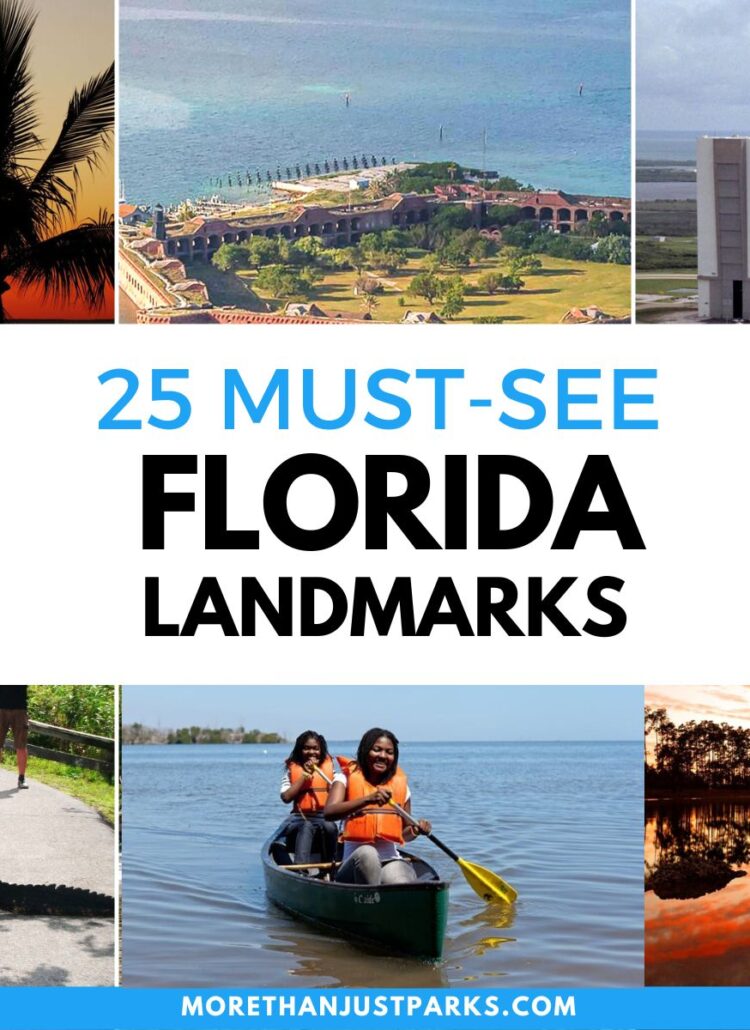
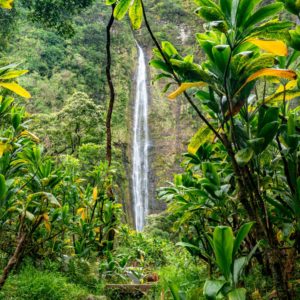

Leave a Reply